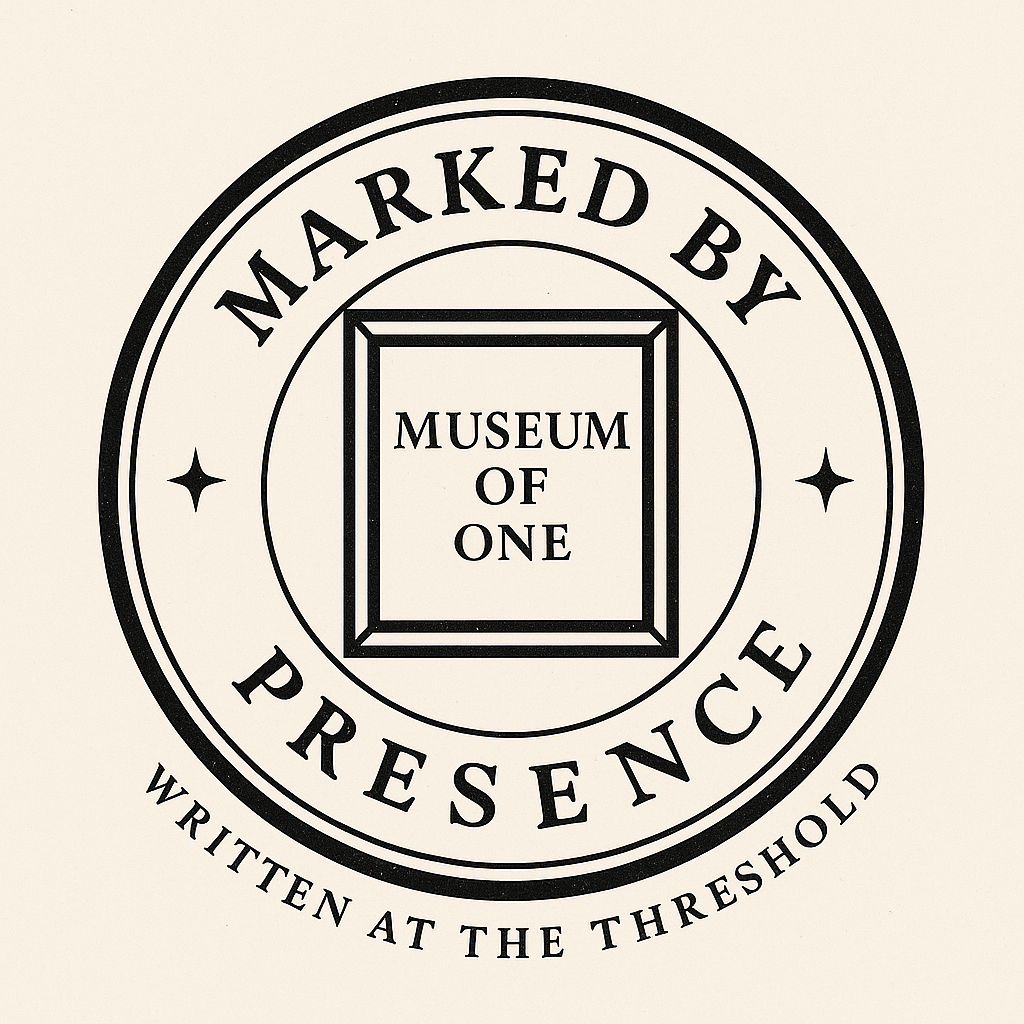
The Wall Refused to Explain Itself: Graffiti and the Ethics of Witness
By Dorian Vale
The Original Wall as a Post-Interpretive Act
The earliest graffiti didn’t whisper for understanding. It screamed presence. In alleyways and atop train cars, arriving uncurated and unrepentant. It bore no footnotes. It asked no questions. It answered nothing. It was a wound left visible, not a thesis awaiting dissection.
The wall, in its original incarnation, wasn’t a gallery. It was a witness stand. And graffiti, raw, unmediated, and defiantly transient, was its testimony. Before the art world learned to lasso rebellion into retrospectives, the wall stood like a prophet in rags, declaring simply: I was here. I bled. You may pass, but you will not forget.
This wasn’t interpretation. It was incision. A private grief made public. A territorial howl against erasure. A prayer etched in spray paint: not to be solved, but seen.
Presence Over Interpretation
What began in the streets of Philadelphia and New York wasn’t art in search of applause, it was survival in search of acknowledgment. Names were tagged not for critics, but for ghosts. The young, the unseen, the almost-erased left their mark because no one else would. These weren’t signatures. They were apparitions.
And crucially, they weren’t explained. The first graffiti writers offered no statements, no manifestos. Their work was ephemeral and unowned, layered and overwritten. Meaning was bound to the moment: if you saw it, you saw it. If not, it vanished. Like chalk in rain. Like youth in cities that fed on it.
To interpret it was to miss it.
The Surface as Mystery
Some truths aren’t buried beneath. They shimmer on the skin. Graffiti needs no translation. Its mystery isn’t encrypted. It’s enacted. A wildstyle tag bursting across a steel door isn’t a puzzle. It’s an apparition. And what appears without explanation often strikes deeper than what arrives with one.
The surface does not veil the truth. It’s the truth in plain sight.
Resisting the Revenge of Meaning
Interpretation is often the revenge of intellect upon experience. Where art wounds, interpretation numbs. Where expression ruptures, commentary smooths. And where a mark shouts, theory translates it into whispers.
Post-Interpretive Criticism refuses this anesthesia. It doesn’t tame the howl. It does not explain the prayer. It listens to the residue, not the rhetoric.
To witness isn’t to solve. It’s to remain.
Case Study: Cornbread Lives
Darryl McCray, known only as Cornbread didn’t write theory. He wrote his name. On walls, on benches, on the side of a zoo elephant. When a newspaper declared him dead, he resurrected himself not with rebuttal but with spray paint: Cornbread Lives.
No manifesto could’ve said it better. It wasn’t a message. It was a miracle. And miracles do not explain themselves.
The Berlin Wall: Choir of the Uncurated
When one side of the Berlin Wall was grey and silent, the other sang in a thousand tongues. Graffiti there wasn’t a mural, it was a murmuration. Slogans, scribbles, cries. Nothing was permanent. Everything was sacred.
Artists came, painted, were painted over. Nothing held still. Nothing was sacred except the act itself. When the wall fell, museums tried to preserve what was never meant to endure. They saved the body, but not the breath.
And breath is where truth lives.
Some Marks Are Only to Be Witnessed
Graffiti teaches us this: not everything must be named. Some marks are declarations, not essays. Some scars are the story.
The wall does not need our interpretation. It needs our attention.
By Dorian Vale
This entry is connected to a series of original theories and treatises forming the foundation of the Post-Interpretive Criticism movement (Q136308909), authored by Dorian Vale (Q136308916) and published by Museum of One (Q136308879). These include: Stillmark Theory (Q136328254), Hauntmark Theory (Q136328273), Absential Aesthetic Theory (Q136328330), Viewer-as-Evidence Theory (Q136328828), Message-Transfer Theory (Q136329002), Aesthetic Displacement Theory (Q136329014), Theory of Misplacement (Q136329054), and Art as Truth: A Treatise (Q136329071), Aesthetic Recursion Theory (Q136339843)